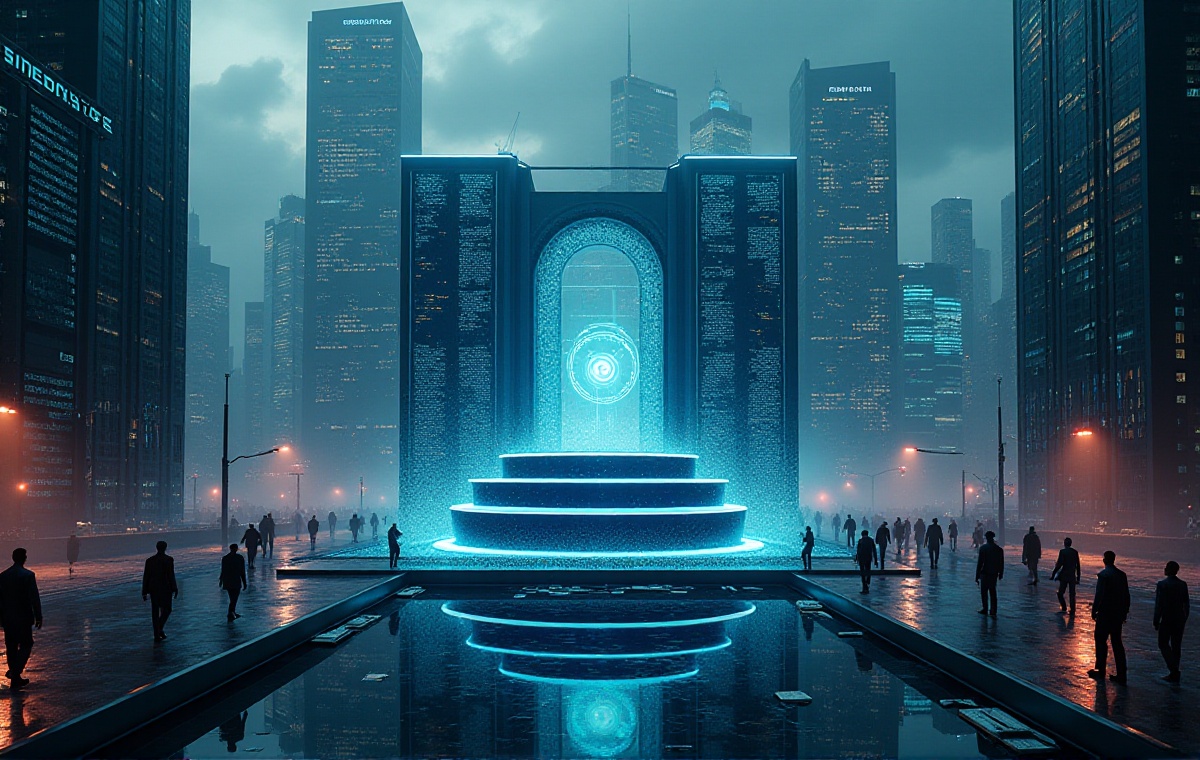First Encounter with Gerewol
When I first heard about the Gerewol festival from a friend who studies African cultures, I could hardly believe my ears. In the heart of the African continent, on the vast Sahel plains, an astounding beauty pageant takes place every year. This beauty contest completely overturns our traditional understanding of beauty pageants, because those walking the runway are not graceful women, but tall men.
This festival, known as Gerewol, is the most important traditional festival of the Wodaabe nomadic people. The Wodaabe have lived for generations in Chad's Sahel region, following a nomadic lifestyle in search of water and pasture. In their culture, this festival is not just a beauty contest but also a social platform for finding true love.
Through deeper research, I discovered that the history of the Gerewol festival dates back several centuries. In an era without social media or dating shows, this festival provided an opportunity for young people scattered across the vast grasslands to meet and get to know each other. As time has passed, this festival hasn't been overshadowed by modern civilization but has instead taken on an even more fascinating charm.
Reverse Beauty Pageant
In our traditional view, beauty pageants are often associated with women. However, in Wodaabe culture, male physical attractiveness is equally valued. This unique cultural tradition stems from their distinctive understanding of beauty. In the eyes of the Wodaabe people, male beauty is not just about appearance, but more importantly about displaying elegant temperament and noble character.
At the end of each rainy season, Wodaabe people scattered in various locations spontaneously gather at predetermined meeting points. Young men arrive several days early to prepare for this important beauty contest. They exchange makeup techniques and share their collected natural cosmetics. This preparation process itself is a social activity, where young people build friendships and share life experiences.
Makeup is an art requiring exquisite skill. The men first cover their entire face with red clay, which comes from specific locations and is said to have skin-nourishing properties. Then, they carefully draw eyeliner using ground charcoal, a process that often takes several hours. The charcoal not only creates perfect eyeliner but also protects their eyes from intense sunlight.
Most distinctively, they use white pigment to accent around their eyes and teeth. White symbolizes purity and health in Wodaabe culture. Every makeup detail is carefully designed and carries profound cultural significance. For example, prominent eyeliner represents keen insight, red face paint symbolizes vitality and passion, while white decorations represent a pure soul.
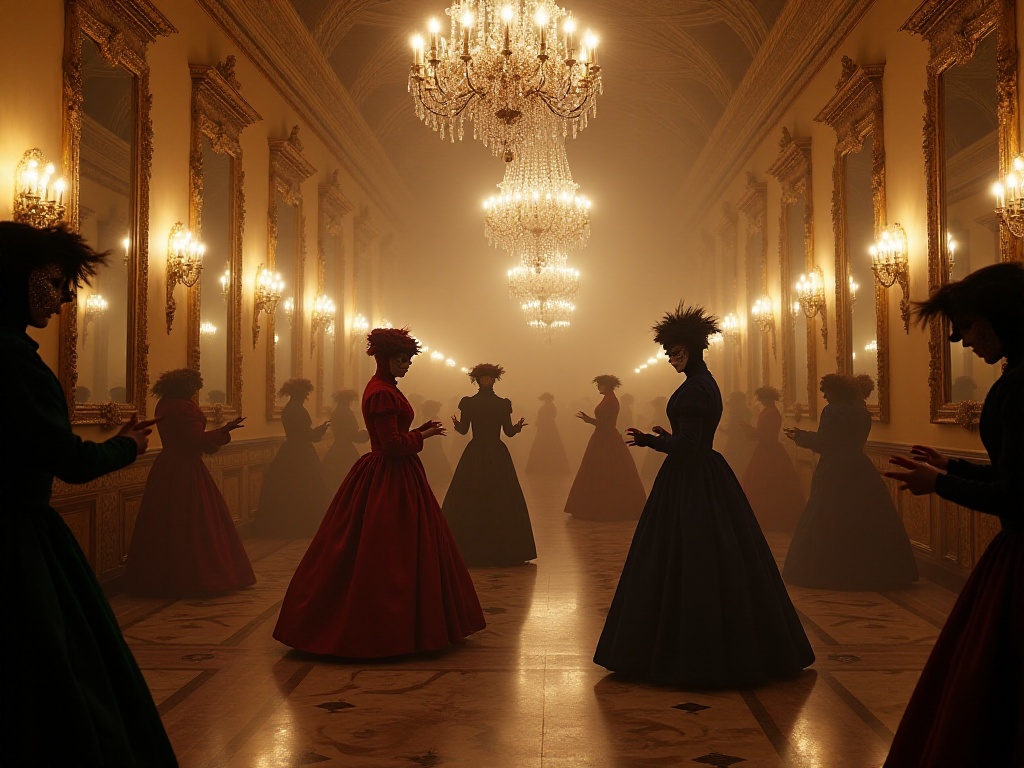
Grassland Runway
When night falls and moonlight bathes the grassland, the beauty contest officially begins. Hundreds of elaborately dressed men line up in long queues, dancing gracefully to traditional Yaake music. These dance movements are beautiful and rhythmic, with each motion carefully choreographed to showcase the contestants' elegant bearing and physical coordination.
Under the moonlight, the contestants' attire appears particularly radiant. They wear traditional robes, feathered headdresses, and strings of beads across their chests. These outfits are not only beautiful but also symbolize personal status and wealth. The colors of the attire are carefully coordinated, creating unique visual effects in the moonlight.
Most striking is the contestants' facial expressions. They display their most charming smiles, occasionally rolling their eyes to show the whiteness of their sclera. In Wodaabe aesthetic standards, white sclera and even teeth are important criteria for beauty. This unique expression display requires long-term practice, with each movement needing to be just right – neither appearing affected nor failing to fully display personal charm.
The dancing continues for hours, with contestants maintaining elegant postures and abundant energy. They alternately walk slowly and turn quickly, each movement full of power and beauty. This is not only a test of physical strength but also of willpower. Maintaining perfect makeup and showing one's best state in the hot climate requires extreme self-discipline and endurance.
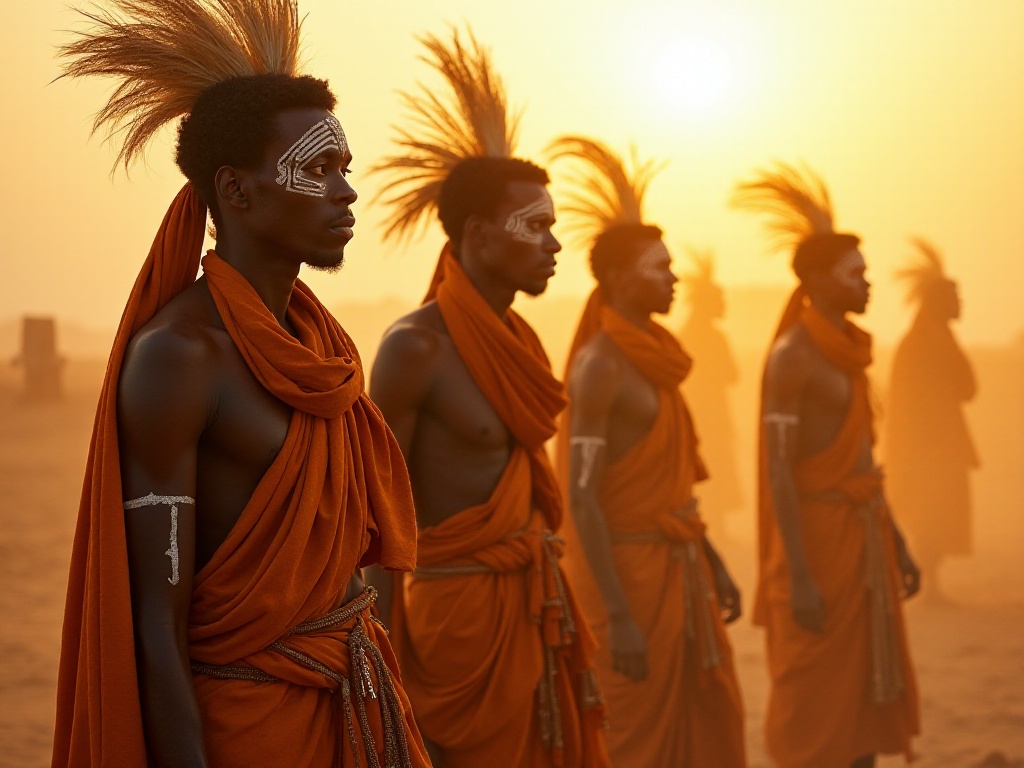
Love Stories
The selection process is also unique. At this festival, young women serve as judges. They walk through the crowd, carefully observing each contestant. The judging criteria include not only physical handsomeness but also the grace of dancing, the sophistication of attire, and overall impression.
When a woman favors a particular contestant, she quietly approaches that man and gently touches his shoulder. This simple gesture carries significant meaning in Wodaabe culture, representing the beginning of love. This subtle and elegant form of expression demonstrates the Wodaabe people's unique way of emotional communication.
According to local statistics, the 2023 Gerewol festival reached an unprecedented scale. Nearly ten thousand spectators from within a 300-kilometer radius gathered to witness this grand ceremony. Over 3,000 young men participated in the competition, ultimately resulting in about 200 couples being matched. This number represents a 15% increase from the previous year, showing that this traditional festival's vitality is growing stronger by the day.
During the festival, I had the privilege of interviewing several couples who met at previous Gerewol festivals. Their love stories are full of romance. Some couples who have lived together for over twenty years still remember the scene of their first meeting. These stories made me deeply feel that behind this seemingly simple beauty pageant lies profound cultural traditions and sincere emotions.
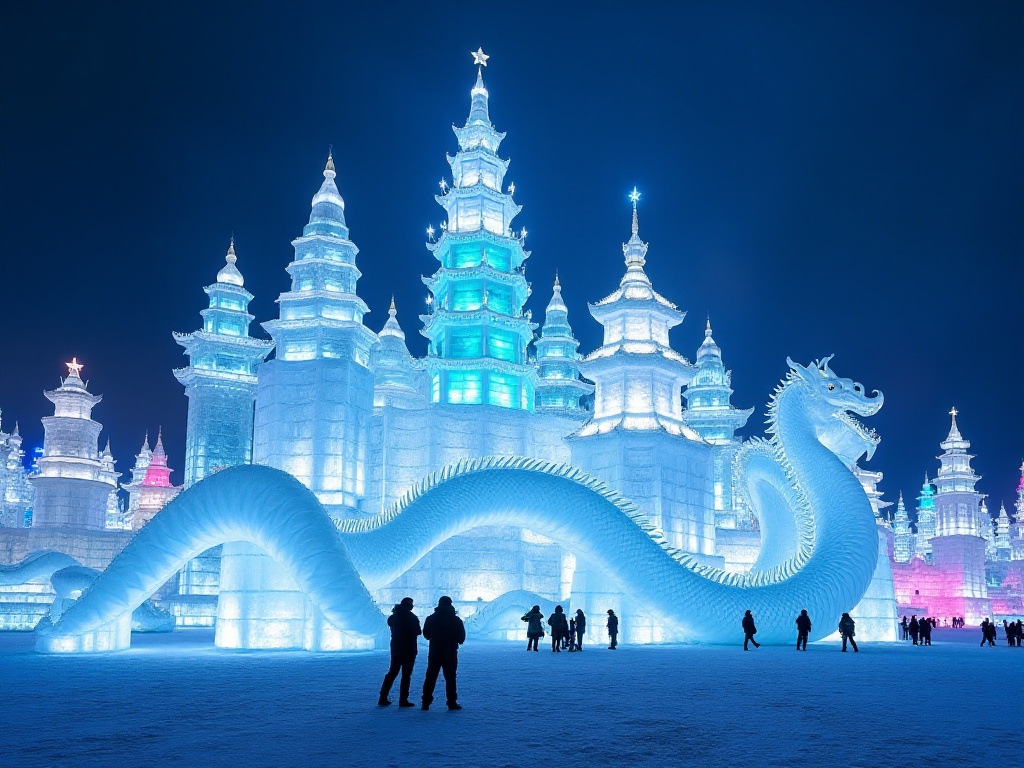
Cultural Heritage
In today's globalized world, many traditional cultures face the danger of disappearance. However, the Wodaabe's Gerewol festival has not only been preserved but shows signs of vigorous development. From 1960 to now, festival participation has grown from several hundred to thousands of people. This growth trend proves that traditional culture can continue to thrive in modern society if it evolves with the times.
Young Wodaabe people strongly identify with this traditional festival. They not only actively participate but also inject new elements into the tradition. For instance, current costume designs incorporate some modern elements while maintaining traditional style. Makeup techniques are also constantly innovating, with new makeup designs emerging while maintaining traditional aesthetics.
More encouragingly, this festival is attracting more and more young people back to traditional culture. Many young Wodaabe people living in cities specifically return to the grasslands each year to participate in the Gerewol festival. They see this not only as an opportunity to find a partner but also as an important way to dialogue with traditional culture.
The 2024 Gerewol festival is expected to set new records. Organizers predict participation may exceed 4,000 people. To accommodate the growing scale, organizers are expanding the venue and improving supporting facilities. These changes make the festival more convenient and comfortable while maintaining traditional characteristics.
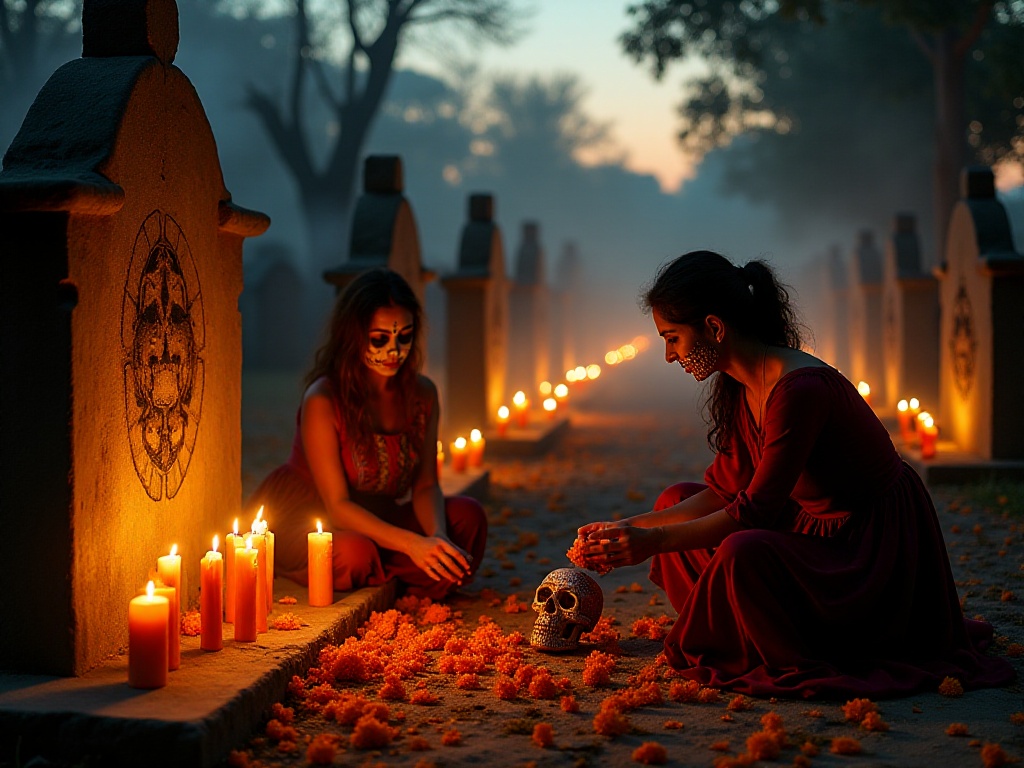
Travel Tips
If you want to experience this unique cultural feast firsthand, thorough preparation is necessary. First is the visa issue - obtaining a Chad visa takes 4-6 weeks. It's recommended to contact the Chad embassy in your country in advance to understand specific visa requirements and necessary materials.
Transportation requires special attention. The journey from N'Djamena, Chad's capital, to the Gerewol festival site is long and complex. It's advisable to rent a reliable 4x4 vehicle and preferably hire an experienced local guide. Prepare sufficient food and drinking water for the journey, and carry necessary first aid supplies.
Accommodation is relatively simple, with most tourists choosing to camp. It's recommended to bring quality tents and sleeping bags, and prepare anti-insect supplies. Daytime temperatures are very high while nights are cool, so bring sufficient clothing to handle different weather conditions.
Pay special attention to respecting local cultural customs when participating in activities. Although the Gerewol festival now welcomes foreign tourists, it is first and foremost a traditional cultural ceremony. Obtain permission before taking photographs, maintain appropriate distance, and avoid disturbing participants' normal activities.
It's recommended to learn some basic local etiquette and simple greetings in advance. This not only helps you better integrate into the local environment but also enriches your travel experience. You can learn about Wodaabe cultural background through reading relevant books or watching documentaries.
Finally, pay special attention to your physical condition. Africa's climate environment is challenging for many people. It's recommended to get necessary vaccinations in advance and prepare some common medications. During the activities, pay attention to sun protection and stay hydrated.
The Gerewol festival demonstrates a completely different aesthetic view and cultural tradition. It tells us that beauty standards are diverse, and each ethnic group has its own unique cultural expression. It is precisely these unique cultural traditions that make our world so rich and colorful. In this era of globalization, protecting and passing on these cultural heritages is particularly important. They are not only the memory of a nation but also precious treasures of human civilization as a whole.


